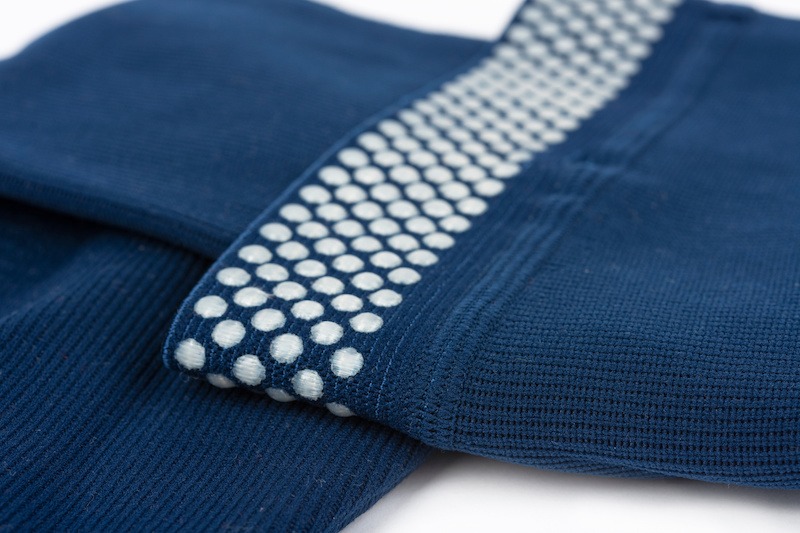While lipedema and lymphedema might outwardly appear to be similar disorders, they are two very distinct medical conditions. Though they share some similarities, including treatment methods and potential symptoms, it’s important to distinguish between them.
Learn more about Lipedema and how it differs from Lymphedema:
What is Lipedema?
Lipedema is a medical condition that involves spontaneous formations of fat deposits. It is a long-term, chronic condition of fat and connective tissues in the hips, legs, rear, and upper arms that build up over time. It affects both sides of the body and is almost exclusively found in women; it rarely affects men. Lipedema is a distinct condition from obesity, though it is often misdiagnosed as such. Visually, patients with lipedema appear to have hips and legs that are out of proportion to the rest of their body.
As many as 17 million people in the United States suffer from chronic lipedema, but with frequent misdiagnosis of obesity and lymphedema, that number may be much greater. There is no cure for lipedema, so managing symptoms is a lifelong prognosis. Treatment plans vary, but it is universally agreed that an anti-inflammatory diet helps patients with the symptoms of lipedema.
Symptoms can include:
- Fat deposits in the legs, lower body, or occasionally arms, resulting in the enlargement of extremities
- Lingering pain in affected limbs that manifests as discomfort, tenderness, or heaviness
- Increased tendency to bruise, often without an immediate cause
- Affected areas appear “dimpled”
- Increased swelling of affected areas, especially in the evenings and during warm weather
- Development of spider veins or varicose veins on the legs
- Decreased mobility as the affected areas become heavy or difficult to move
How is Lipedema Different from Lymphedema?
When comparing lipedema and lymphedema, a few key differences help distinguish the medical conditions.
- Lymphedema is caused by issues with the lymphatic system. Instead of fat deposits, lymphedema involves swelling in affected areas when the flow of fluid through the lymphatic system is blocked.
- Lipedema typically affects both sides of the body equally; lymphedema generally presents on one side of the body.
- Lipedema occurs spontaneously. By contrast, lymphedema is typically caused by issues with the lymphatic system. Primary lymphedema is a condition that appears at birth due to an improperly developed lymphatic system. The more common diagnosis, Secondary Lymphedema, develops after damage to the lymphatic system later in life due to cancer, surgeries, radiation, etc.
- Lipedema rarely involves the feet and hands, but lymphedema almost always does.
- Patients with lymphedema often have skin infections and wounds associated with their condition, which rarely happens in lipedema.
- The pain experienced by the conditions feels very different. Lipedema pain typically originates in specific areas because of hardened, inflamed fat nodes under the skin. Lymphedema pain tends to feel like widespread discomfort, tightness, or heaviness.
How Do You Treat Lipedema?
Unfortunately, there is no cure for lipedema. After developing lipedema, treatment involves managing the symptoms of the condition. The best treatments include the use of compression garments, diet, exercise, and lifestyle changes. Maintaining a healthy weight and a diet of anti-inflammatory foods help lessen symptoms. Compression garments can help reduce swelling and increase mobility.
Compression Care and Lipedema
Compression Care is here to provide support if you or a loved one is struggling with lipedema. Contact us by phone or text at (615) 583-2273 or email us at [email protected] to let us know how we can help!

